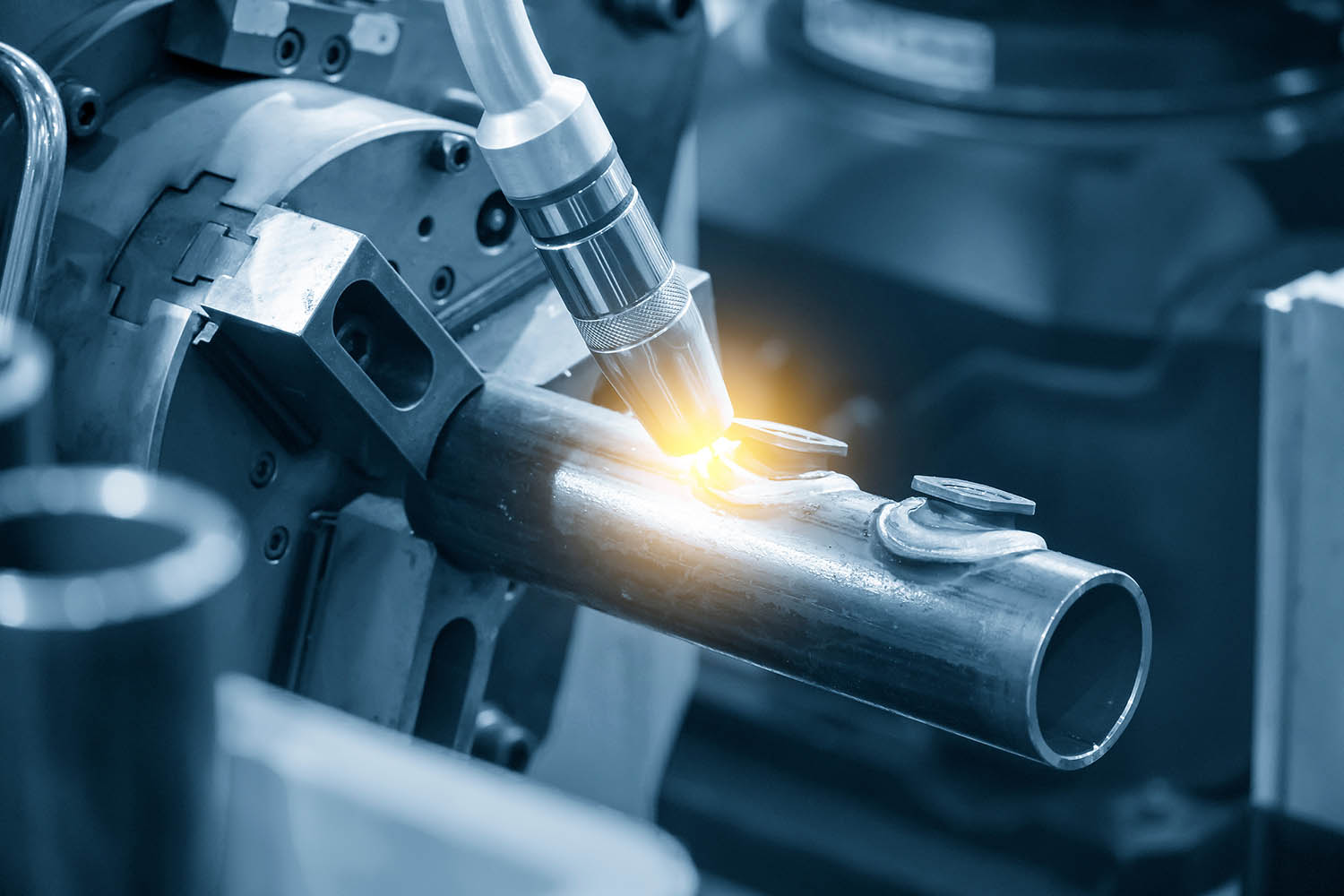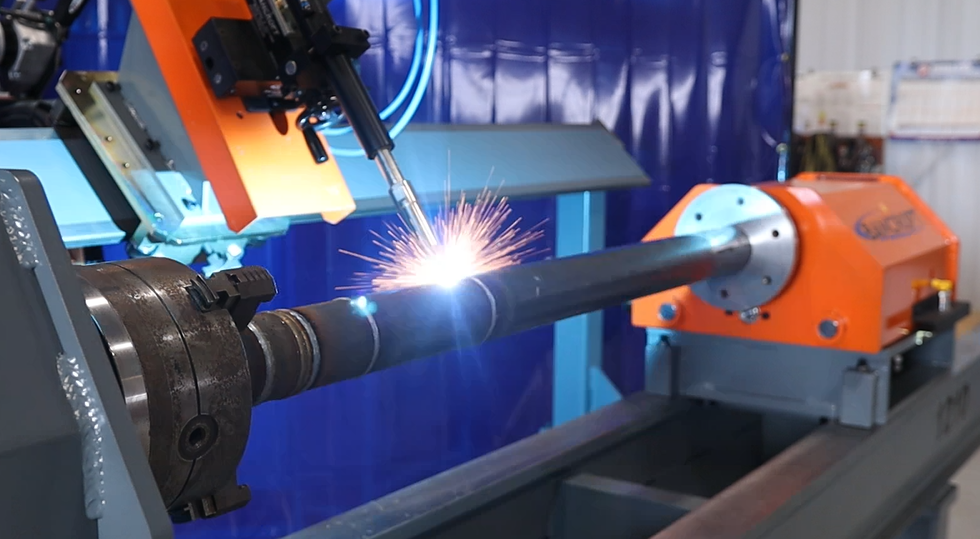What is Welding?
Welding is the joining together of two pieces of metal. It is done by heating those metals to a temperature high enough to cause softening or melting. This can be done with or without the use of pressure.
Welding can also include the use of a third material called filler metal. That metal is also heated to a melting point during the welding process and allowed to flow into the new joint formed by the two original pieces of metal. Filler metals help a weld meet certain types of industrial standards such as corrosion resistance or weight capacity.
Popular Categories of Welding Processes
Welding processes are grouped into categories based upon each process’s method of energy transfer. Each category has recommended applications that help the user know when to use which category. It’s also important to note that each one varies in the difficulty of weld procedure, cost, materials involved, and final quality of the weld.
Arc Welding
This category merges two metals into one by heating them with an arc. That arc is made of electricity that reaches the average heat of 6500 degrees. These processes can be accomplished with or without the use of pressure as well as with or without filler metal.
Oxyfuel Welding
This category heats the two metals with an oxyfuel gas flame to merge them into one. Just as with arc welding, these processes can be accomplished with or without the use of pressure as well as with or without filler metal.
Resistance Welding
Resistance welding joins two surfaces with the heat that emerges from resistance. Specifically, the resistance that occurs between the work pieces and the flow of the welding current. This all happens with a combination of applied pressure and the power of the circuit that the work pieces are a part of.
Solid State Welding
Solid State welding allows two metals to attach by the application of pressure without melting any of the joint components. This occurs when the right type and amount of pressure causes a transfer of atoms which then changes the chemical makeup of the surfaces.
Custom Welding Systems
Bancroft engineers use years of first-hand knowledge to help in the decision-making process. We understand that many times customers need to approve samples to ensure the process is going to be successful. Different prototypes can be created upon request to test the different designs and materials. Contact us today to learn more!



